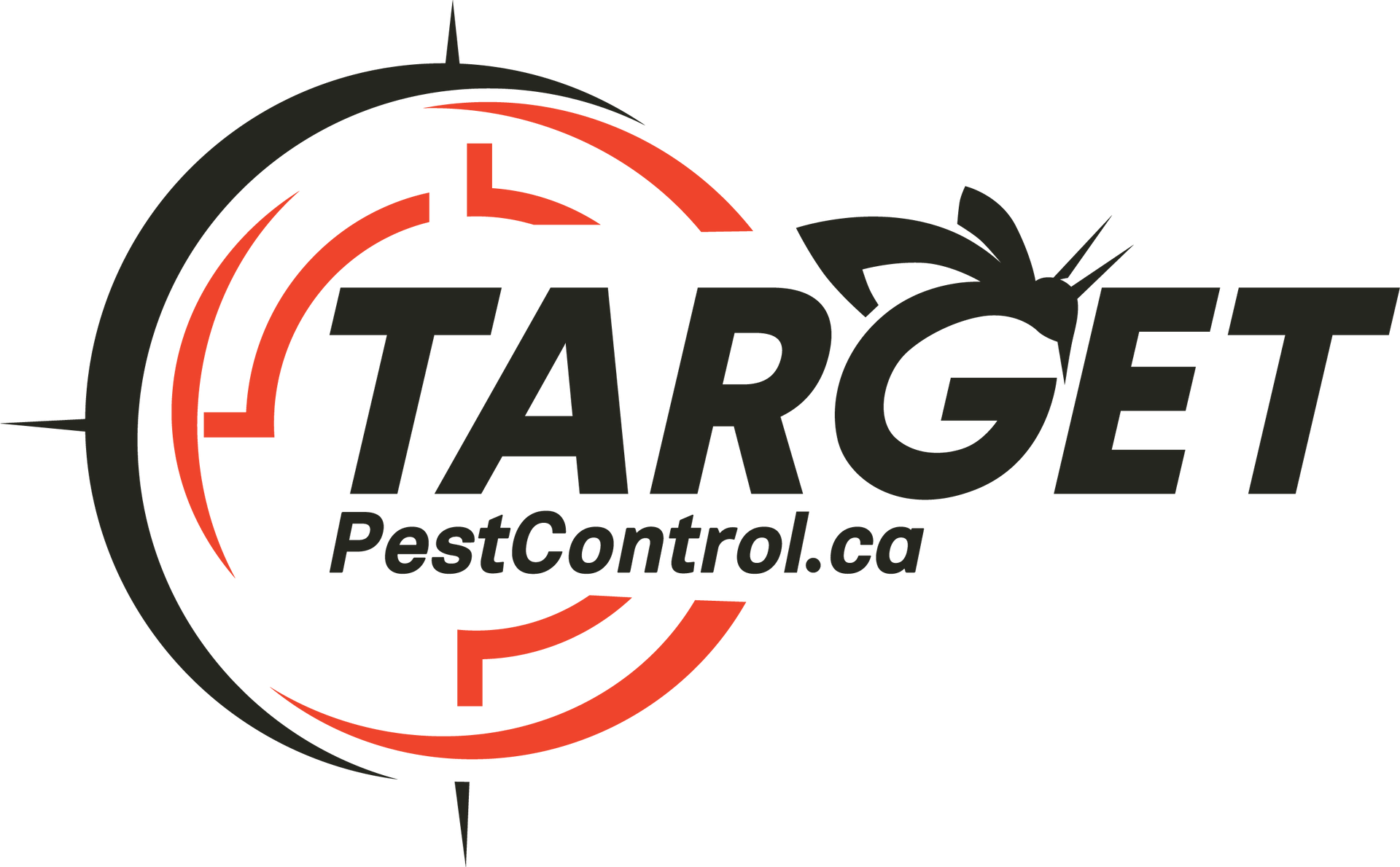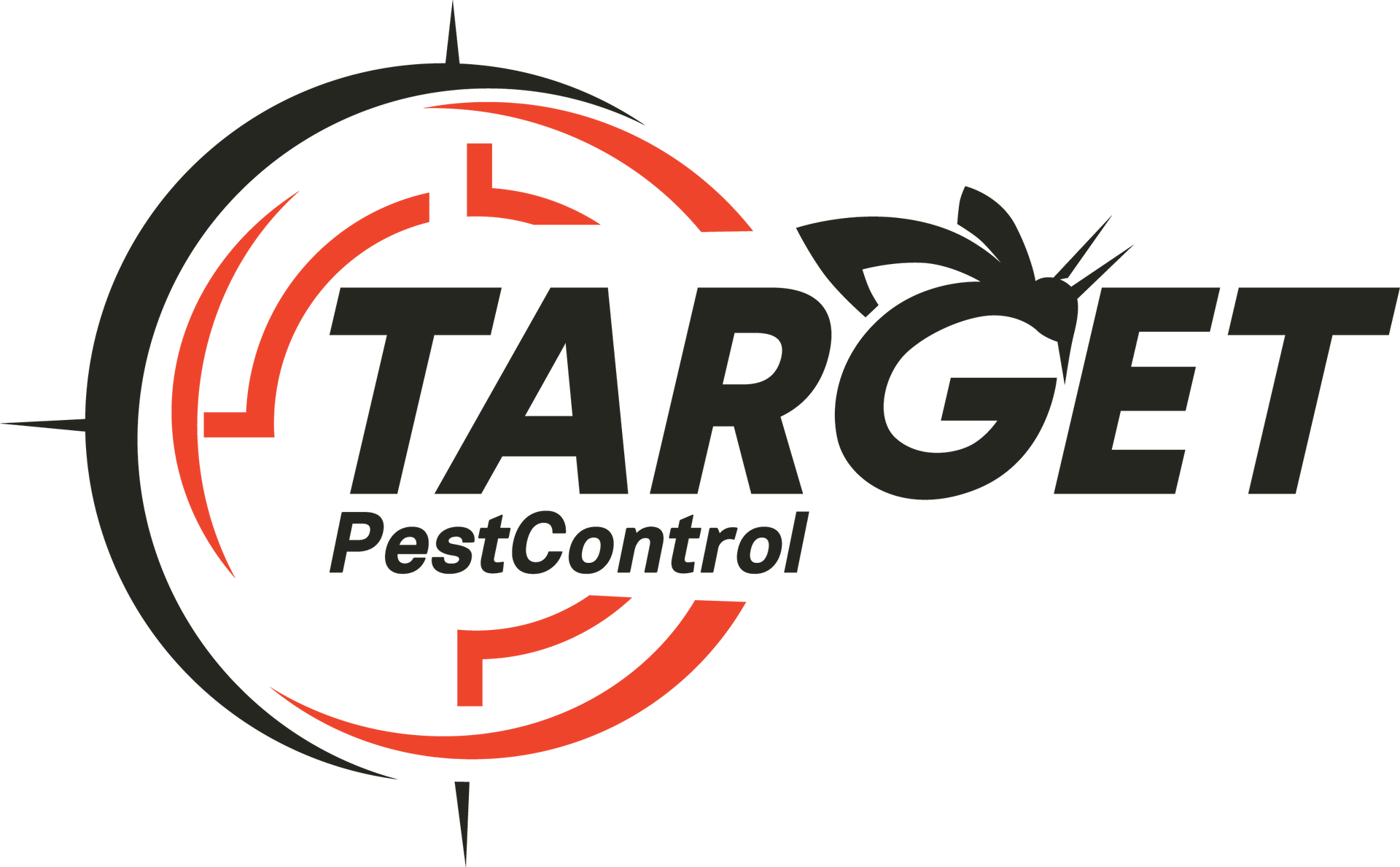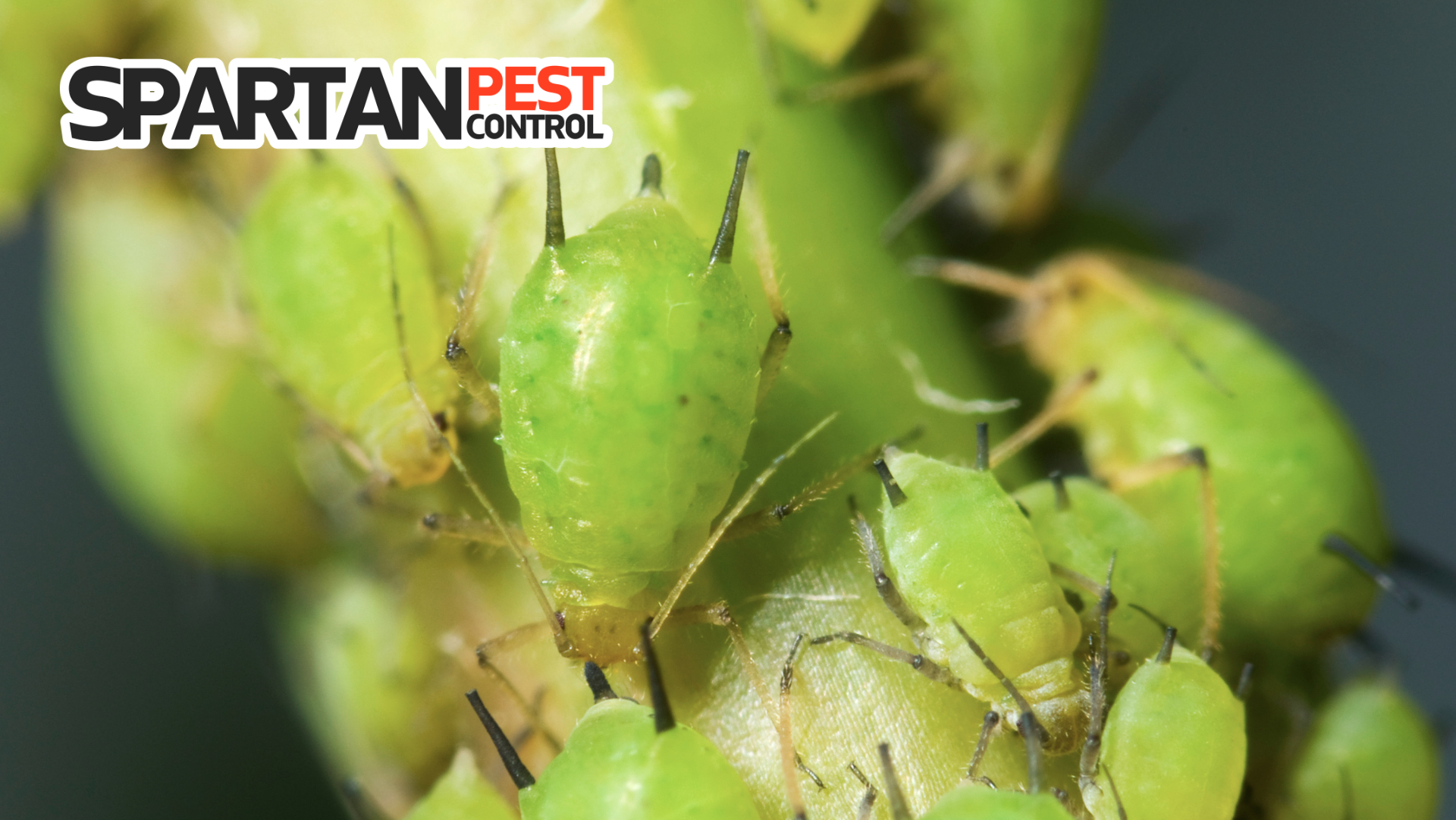My name is John Target, owner and operator of Target Pest Control. We are located in Calgary, Alberta and I have over 18 years of experience in the industry.
Get In Touch!
Phone Number:
Email Us:
Phone Number:
Send An Email:
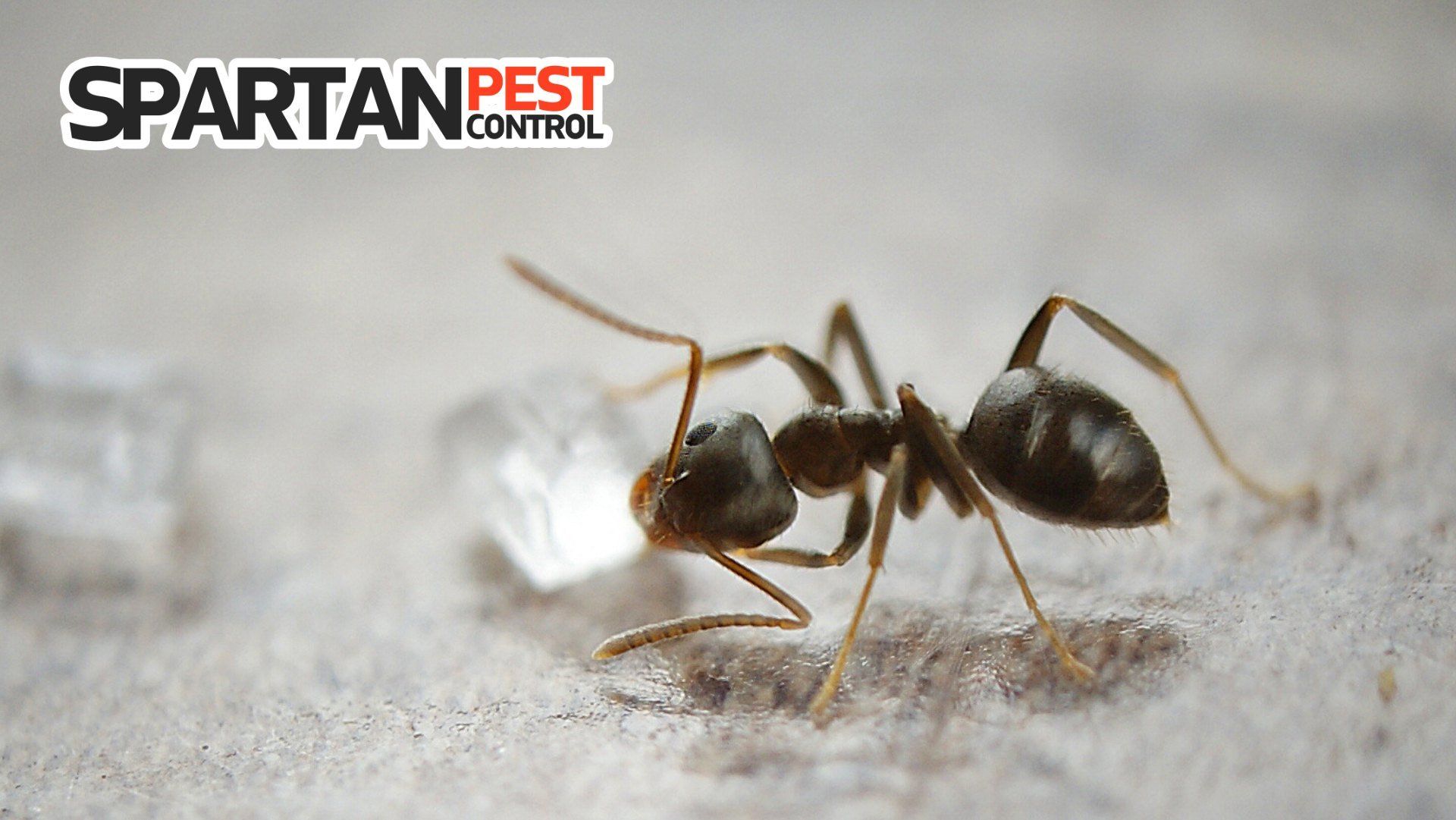
What are Odorous Ants?
The aptly named Odorous ant is a larger species of ant that emits a distinctly unpleasant odour when crushed. Scientifically called Tapinoma sessile, they are known for their smell and ability to survive grievous injuries. Queens have been known to give birth even when their bodies are crushed! Odorous ants are a problematic pest because they have multiple queens, can reproduce quickly, and can have multiple connected nests. Colonies can have as few as a hundred workers but more often have thousands.
What Do Odorous Ants Look Like?
Odorous ants are a larger species of ant. They are dark brown or dull black. They are relatively hairless, having only a few yellow hairs on their body. The queens and male drones are about 3.75 to 4.3 mm long with yellow-veined grey wings. After mating, the males die, and the queens lose their wings. Workers have no wings and are only 3 to 4 mm. All odorous ants are comprised of three sections: the head, thorax, and abdomen. Their heads are square with large eyes, despite their poor eyesight. They have relatively short antennae with only 12 segments, including the three clubbed segments at the ends. The second segment, the thorax, contains their six brown legs. The thorax is connected to the abdomen by a small bump called a node. This node is hidden under the abdomen causing an upward curving abdomen and an unevenly curved thorax. The abdomen contains their internal organs but no stinger.
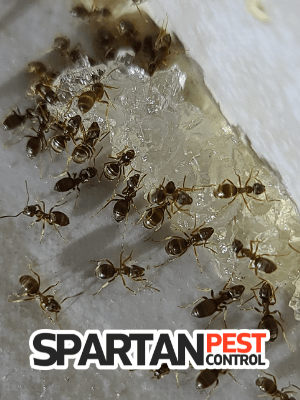
Where Do Odorous Ants Live?
Odorous ants are indigenous to the United States and Canada. They are found throughout the two countries in a variety of environments. They frequently have multiple nests per colony. Unlike some species, they do not build nests but burrow under existing materials. They live under rocks, logs, soil, and vegetative debris. They often come indoors after a heavy rain. Odorous ants will travel along the edges of the room, the baseboards, pipes, etc. to find a nesting site. Indoors, these sites are often in walls, under floors, under carpets, near heaters, or in high moisture areas.
What Do Odorous Ants Eat?
Like many ant species, odorous ants are partial to sweets. However, they are not picky eaters and will eat whatever is available to them. In the wild, they farm honeydew off of aphids and other scaled insects. The aphids produce the honeydew for the ants and the ants provide aphids with protection. They also eat many man-made food items, particularly sweets and fatty foods such as ice cream, butter, and cheese. Odorous ants also eat meat. Outdoors, they will eat carrion, including other ants. Indoors, they will frequently eat processed meat. They also consume raw or cooked vegetables.
How Fast Do Odorous Ants Reproduce?
Odorous ants reproduce very quickly because they have multiple active queens in their nests. In late summer, the winged queens will mate with the male drones. Queens will often store this sperm for the rest of the year. The newly fertilized queens will either return to her existing nest or make a new satellite nest. She will lay 7 to 14 eggs soon after mating. They can lay up to 30 eggs each time. These eggs are generally cared for by workers although a new queen may care for her own eggs. However, most often some workers will follow the queen to a new nest. Eggs are cared for by workers for 11 to 26 days until they hatch. They hatch as larvae: small, white, and grub-like. After another 13 to 29 days as larva, they pupate. Unlike other ants, they have no cocoon. But they slowly turn brown and become ants over the course of 10 days to 3 weeks. Queens lay eggs during the spring and summer before going dormant in winter.
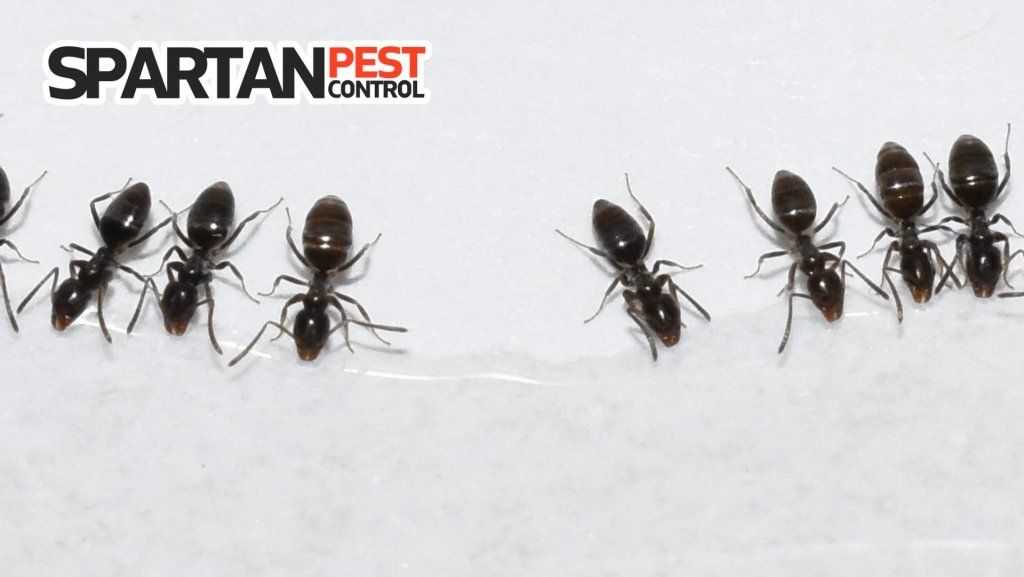
What are the Signs of an Odorous Ant Infestation?
Odorous ants do not build visible nests or mounds. Therefore, the only signs are the smell and the ants themselves. The worker ants can be seen frequently travelling along scented trails. These trails are invisible to people because they use pheromones. They will use these pathways to and from the nest most of the time. Sometimes, they will drop crumbs along this pathway. Ants are also often seen in kitchens, bathrooms, and along baseboards.
The second sign of Odorous ants is the smell. When they are crushed or decompose, they release a smell. It has been described as a rotten coconut smell, a blue cheese smell, or a rancid butter smell. The stronger the smell, the greater the infestation.
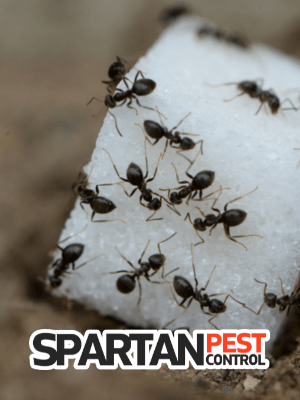
What Causes an Odorous Ant Infestation?
Odorous ants come into the home to find food, water, and shelter. They are drawn by the scent of sweets, meats, and often eat crumbs or spills. An untidy house will have ample food sources for ants and, often, more hiding places. Not cleaning up spills or crumbs right away and leaving food out will attract ants. They are also attracted by accessible pet food and water. Ants will often enter homes through ripped screens or gaps in doors and windows. They may also come in from overhanging branches or on pets or children.
What Problems Do Odorous Ants Cause?
Odorous ants are a nuisance pest that mainly disgust home owners by the sight or smell. They can cause two main problems: bites and bacteria. Their bite, while painful, contains no venom. Bites can be treated by simply cleaning the bitten area and applying an antibiotic ointment. In some cases, a person may have an allergic reaction. But, in general, the bites are not serious.
The main concern with an Odorous ant infestation is bacterial contamination. As ants walk across surfaces, they pick up bacteria and then transmit it onto floors, walls, counters, and food. We consume these bacteria as we eat contaminated foods, and touch or cook on contaminated surfaces. Some bacteria are harmless while others are dangerous such as Salmonella and E. coli.
Salmonellosis is caused by the Salmonella bacterium. It is an intestinal illness that can have little to no effect on healthy individuals. In the elderly or those with weakened immune systems, it can cause serious dehydration. Symptoms of a serious case include nausea, vomiting, cramps, fever, chills, diarrhea, and a headache. It can last up to ten days. Treatment generally includes I.V. fluids.
E. coli is a group of bacteria. Some of them can cause serious issues. General symptoms are cramps, fatigue, and diarrhea. Serious strains of E. coli cause severe cramps, vomiting, stomach pain, and bloody diarrhea. Treatment includes rest, fluids, and bland foods.
Odorous ants sometimes carry staphylococcus or streptococcus bacteria. These bacteria cause small boils or pimples on the body. They should be treated promptly with antibiotics.
How Do You Treat an Odorous Ant Infestation?
The main way to treat an Odorous ant infestation is with insecticides, best done with commercial grade ant baits. Liquid insecticides can also be sprayed around the window to prevent them from entering the home. Insecticides work on contact and can help reduce or prevent an infestation. They are especially effective if the nest is outdoors. Professionals can also use large hoses to spray insecticides up and down the foundation to kill all ants in the area.
Indoors, commercial grade baited ant traps work best for killing an existing infestation. Ant bait traps contain insecticide laced foods. They work best when used early in an infestation. Make sure to use both sugar and protein-based baits. Bait traps can be store-bought, homemade, or placed out by a professional exterminator. Store-bought traps are usually plastic and can be placed along ant pathways and near their nests. Workers will bring the poisoned bait to the queen. Some baited traps are even pet safe. Borax and sugar or honey is a homemade bait. The sweet substance lures them in while the borax effectively kills the ants. It’s always recommend to get a professional ant treatment if the infestation is large and indoors.
For more information on our Odorous ant treatments, check out our services page for details. Treating early is key when dealing with all types of ants, especially indoors.
How Do You Prevent an Odorous Ant Infestation?
To prevent ants, keep your home tidy and in good repair. Ants enter homes in search of food, water, and shelter. Quickly cleaning up spills and regularly vacuuming up crumbs will deprive them of this food. Make sure to secure food, especially pet food, in thick plastic, glass, or metal ant-proof containers. The second step is to eliminate entry points. Fix any cracks in the foundation and repair any holes in window screens. Use weather stripping around doors and windows for a tight seal. Trim back trees and shrubs. Tree branches that overhang the roof provide above ground entry to your home. Brush off yourself and pets when they come inside from walks. Finally, get proactive treatments done by a professional exterminator to help reduce the activity outside, and prevent activity from entering the home. Check out our Residential Pest Programs.
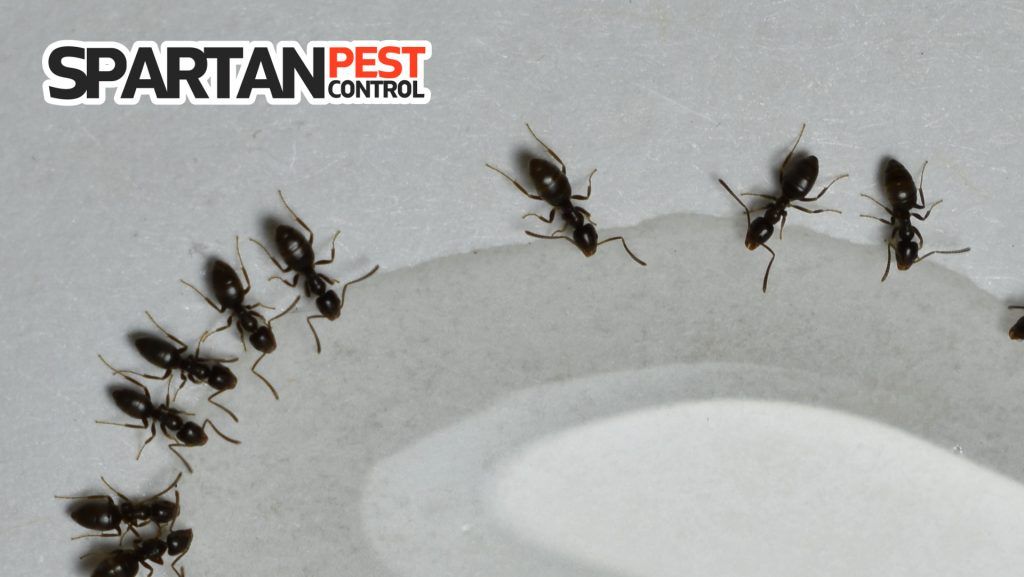
Odorous Ants Facts
1. Odorous ants are tough
Queens can still lay eggs when their abdomen is crushed. They can also survive for a month or two without food or water.
2. Odorous ants are eusocial
This means that they have division of labour, cooperatively care for their young and have multiple generations in one nest.
3. Odorous ants are tolerant
They frequently live with or share their nest with other ant species.
4. Odorous ants are heavy lifters
They can lift and carry 3x weight. Some up to 50x. Humans can only deadlift about 2x (trained). Untrained body weight.
5. Odorous ants stink
When they die, they release a chemical similar to penicillin mold. This is the mold that makes food rot. The smell is often compared to blue cheese, rancid butter, and rotten coconut.
6. Odorous ants communicate with their antennae
They use their antenna like we use our hands. They will use them to point and to touch other ants.
7. Odorous ants rely on pheromones
They use different pheromones for various purposes including marking trails, identifying food sources, and mating.
8. Odorous ants lack lungs
They use tiny holes called spiracles on the sides of their bodies. They rely on pressure and work best when an ant is moving.
About Author
John Target - Owner & Operator
My name is John, owner of Target Pest Control. We are now located in Calgary, Alberta and have been providing pest control solutions on the east coast since 2008. I have over 18 years experience in the industry and enjoy the everyday problem solving this industry offers.
You May Also Like

AUTHOR

RECENT POSTS

© Copyright 2024 | All Rights Reserved | Web Design & SEO by Purple Penguin Media
